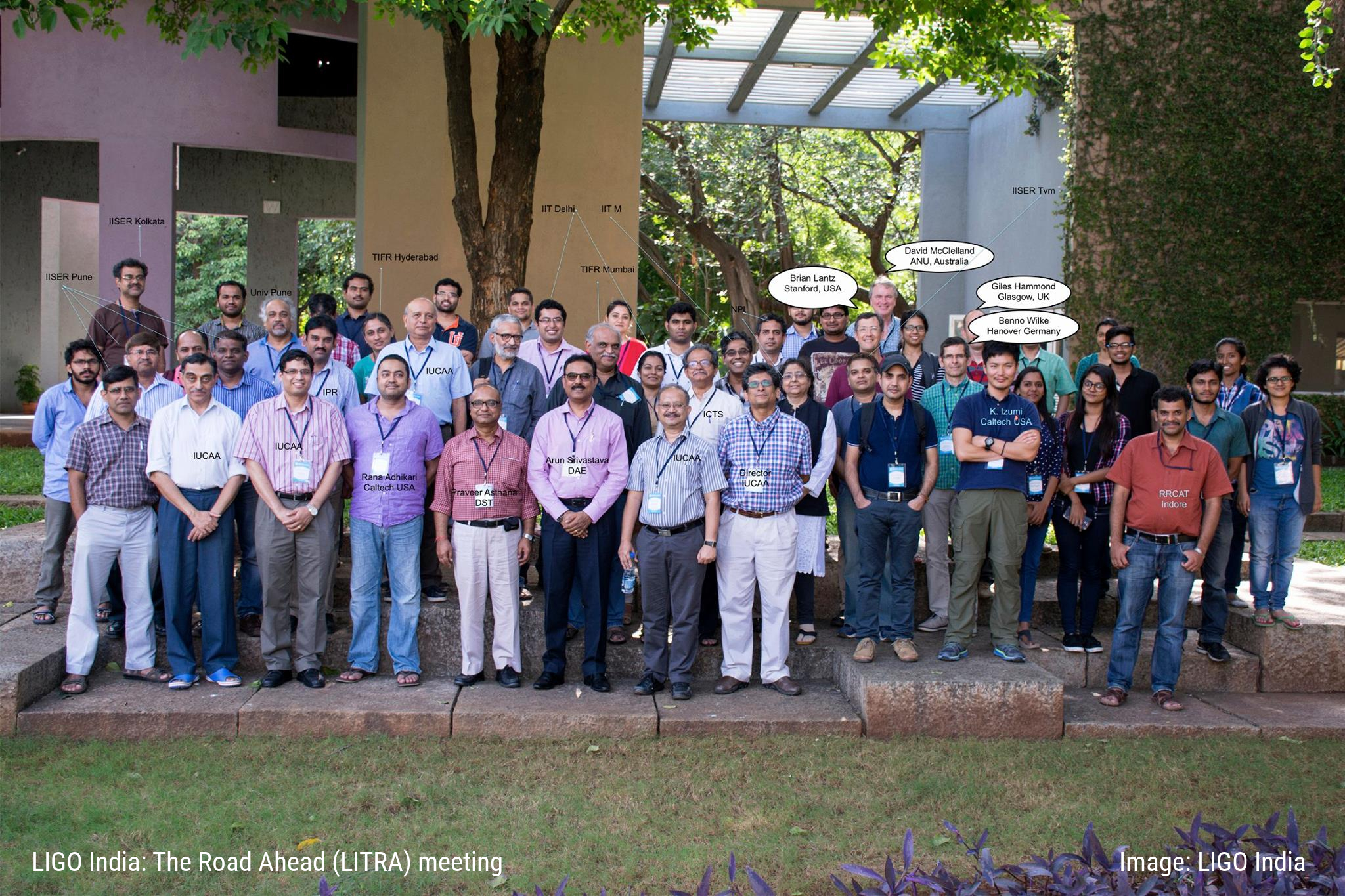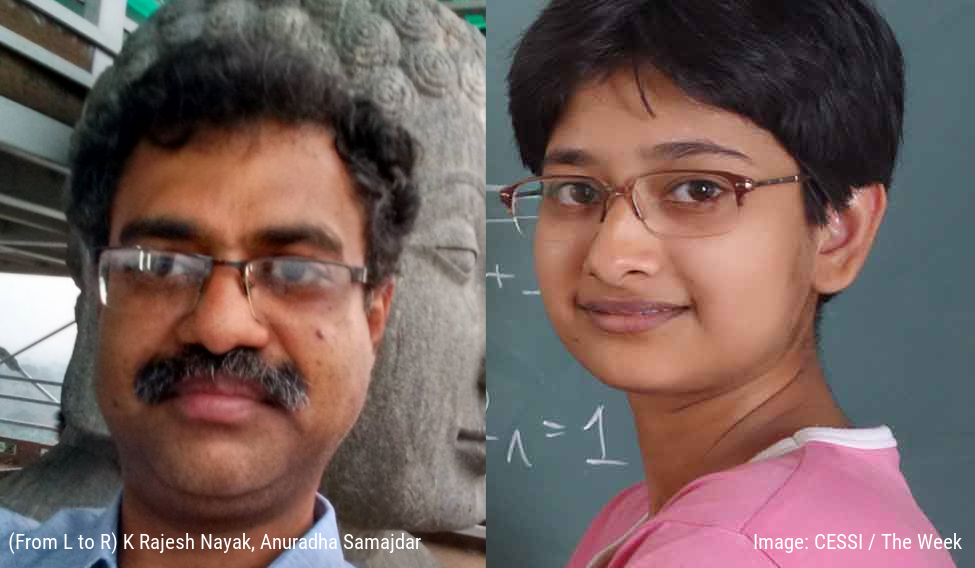Listening to Cosmic Whispers
"It takes a village to discover gravitational waves"
Gabriela González

The LIGO Scientific Collaboration and the Virgo Collaboration are a group of 1000+ scientists who are dedicated to the study of gravitational waves and its direct detection. On September 14, 2015 the first gravitational wave from a binary black hole merger was detected by the two LIGO detectors at Hanford and Livingston. The signal was named GW150914 and news of the detection was made public on February 11, 2016. This was the first direct detection of gravitational waves in human history. Till date, gravitational waves have been detected four times (and there has been one strong potential candidate).
Following the discovery, the LIGO team including Weiss, Thorne and Drever, were awarded the Special Breakthrough Prize in Fundamental Physics. The team also received the Gruber Prize in Cosmology. Barry Barish was awarded the 2016 Enrico Fermi Prize while Weiss, Thorne and Drever were awarded the 2016 Shaw Prize in Astronomy and the 2016 Kavli Prize in Astrophysics. Finally, on October 3, 2017, the Nobel Prize in Physics was awarded to Weiss, Thorne and Barrish.

There have been numerous contributions to the discovery of gravitational waves from Indian scientists. Prof. C. V. Vishveshwara, fondly known as the 'black hole man of India' discovered quasinormal modes for black holes. Incidentally, his paper on gravitational radiation scattering was cited by the LIGO discovery paper. Prof. Sanjeev Dhurandhar of IUCAA, who has been working on gravitational waves since 1987, was instrumental in data analysis techniques to extract gravitational wave signals buried in detector noise. The basic technique that he and his colleague B. S. Sathyaprakash had set up had to be used in the discovery paper. Prof. Bala Iyer and his colleagues at RRI, on the other hand began developing theoretical models for gravitational waves in the 1990s. Their contributions, along with authors from CMI, ICTS-TIFR, IISER-Kolkata, IISER-Thiruvananthapuram, IIT-Gandhinagar, IPR, IUCAA, RRCAT and TIFR-Mumbai made the discovery possible.
Dr. Rajesh Nayak, Associate Professor at IISER-Kolkata and Co-Investigator at CESSI along with Anuradha Samajdar were co-authors of the disovery paper. Their work was specifically on testing the theory of General Relativity with LIGO.

LIGO India is an upcoming gravitational wave detector which has received in-principle approval from the Government of India. It is expected to come up in the next decade and is going to allow better sky localization of gravitational wave sources. LIGO India is an international collaboration between the LIGO Laboratory and three leading institutions of the IndIGO consortium: IPR, IUCAA and RRCAT. The emergence of LIGO India will help the Indian scientific community to be a big player in the field of gravitational wave astronomy. It will also result in several technological spin-offs (as has been the case with LIGO before) and will benefit the Indian industry.
